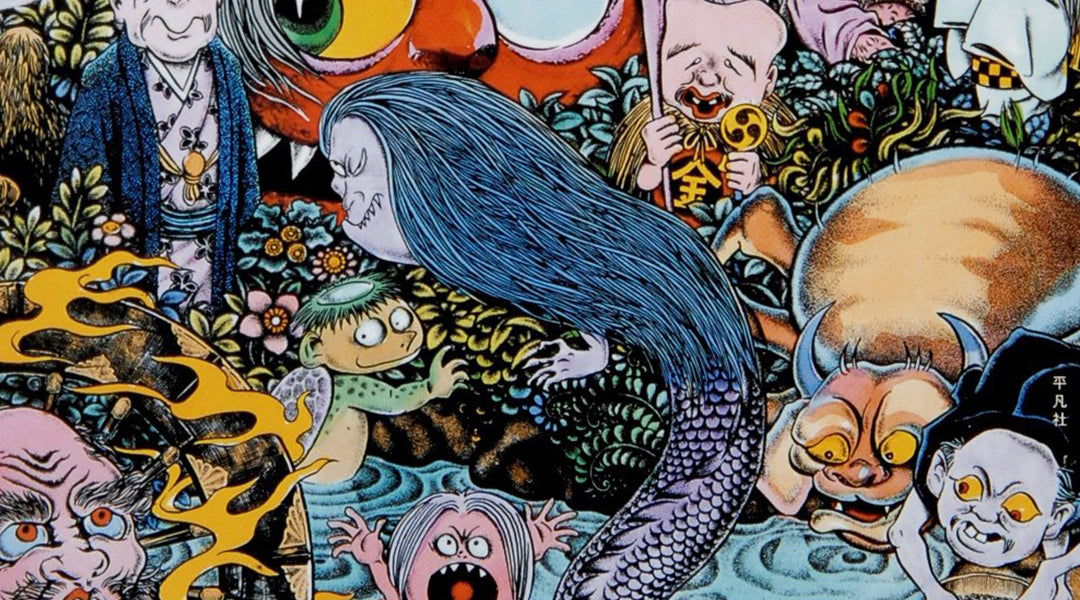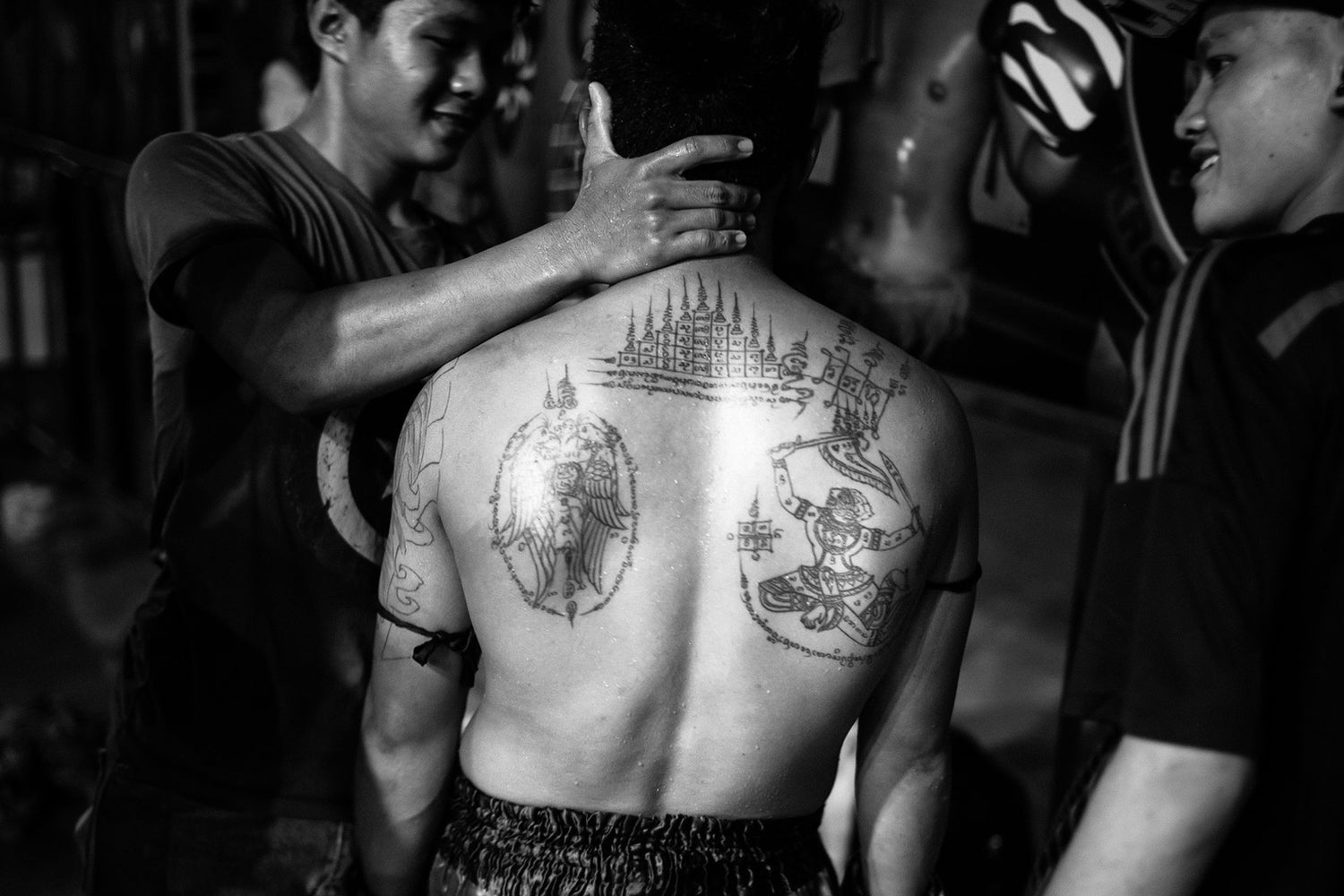In our previous blog, we discovered the mysterious origins of yōkai – the mischievous and, at times, malevolent creatures and apparitions that have long roamed the shadowlands of Japanese folklore. Supernatural and subversive in equal measure, they seem to be fashioned from humanity’s deepest fears and desires, whether they appear in satirical woodcuts, horror films, or historical encyclopedias.
But be warned, these shape-shifting tricksters are never content to stay locked in the past: centuries after the first yōkai “renaissance” in Edo-period Japan (1603 – 1867), yōkai experienced another revival in the post-war era. Read on to find out how these ancient beings came to reflect very contemporary anxieties around issues such as urbanization, industrialization, and the loss of traditional culture.
The second yōkai renaissance
One of the most passionate postwar revivers of yōkai was the artist and folklorist Shigeru Mizuki, whose long-running manga series Gegege no Kitaro has been widely credited with reintroducing yōkai to a whole generation of Japanese readers. The series began in 1960 and tells the story of a “ghost-boy”, Kitaro, and his band of yōkai allies as they struggle to bring peace between the human and yōkai worlds. However, it was the erosion of these beloved cultural traditions that provided rich material for many postwar artists.

One such example is the hugely popular Yōkai Sanbusaku (Yokai Monsters) film trilogy (1968–69), created by Daiei Motion Picture Company (the studio that released Kurosawa’s Rashomon). Although these remarkable films depicted yōkai in their traditional forms, their stories reflected the struggles of a rapidly urbanizing and industrializing nation, pulled between tradition and modernization. The yōkai in the films are often spurred into action by social injustices such as greedy slumlords and corrupt officials – offering a biting commentary on the unbridled growth of consumerism and materialism that many saw as usurping traditional values.
This post-war conflict between tradition and modernity is also reflected in a much later film, Isao Takahata’s Pom Poko (1994). It tells the story of a group of tanuki (shape-shifting Japanese “raccoon-dogs”) in the late 1960s who join forces to prevent humans from destroying their forest home. In one memorable scene, the tanuki stage a Hyakki Yagyō, a traditional “Parade of one hundred monsters”, to scare off the invaders. Given that the Hyakki Yagyō is often viewed as one of the origins of yōkai mythology, this scene is a fascinating and poignant reflection of Japan’s struggle to reconcile its rich cultural heritage with rapid economic growth.
From tradition to speculation
But yōkai also came to embody anxieties surrounding scientific progress – playing a prominent role in the trend for post-apocalyptic fiction that gripped Japan in the 60s and 70s. Born from fears around technological developments and political unrest, this genre saw the yōkai take on wildly different forms. For example, the iconic horned ogre-like yōkai known as “oni” burst into the twentieth century in the guise of “synthetic humans” – as in Nagai Gō’s futuristic manga series Oni – 2889 nen no hanran (1969) – and space aliens – as in Rumiko Takahashi’s Urusei Yatsura. Yōkai have always reflected humanity’s deepest fears, and these depictions seem to acknowledge the fact that the greatest terrors no longer came from the natural world, but from the unknown bounds of technological advancement.

Shaping and shapeshifting
Yōkai have always existed at the boundaries of the known, whether it was in the mountains and forests in the Edo period, or in the science-fiction dystopias that felt all too possible in the 60s and 70s. One more recent example is the water-dwelling yōkai known as Amabie, which appeared in public service announcements and memes designed to slow the spread of COVID-19 in Japan. Perhaps the continued appeal of the yōkai comes from the fact that they are always ready to embody whatever is fearful or unknown in the world – helping us to deal with confusion and upheaval by offering us equal measures of terror and wonder.
If you want to dive deeper into the mysterious world of the yōkai, you can discover our dedicated range of books and prints here.





Leave a comment
This site is protected by hCaptcha and the hCaptcha Privacy Policy and Terms of Service apply.